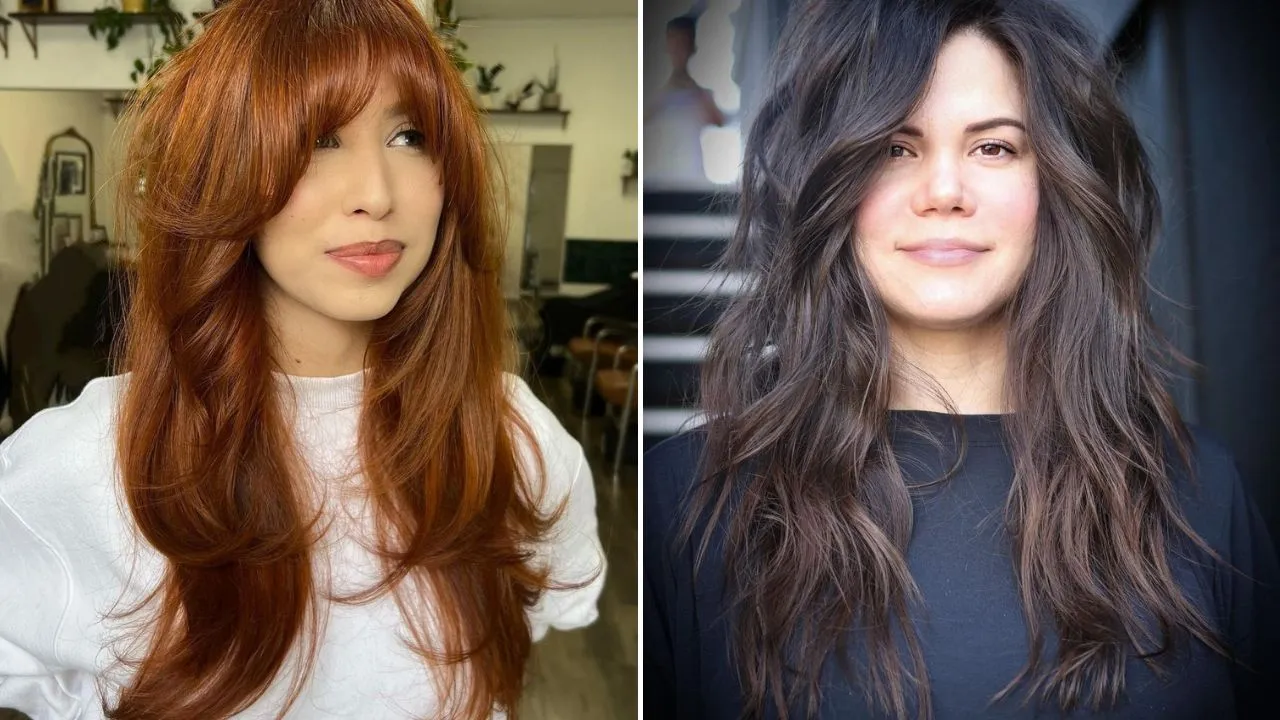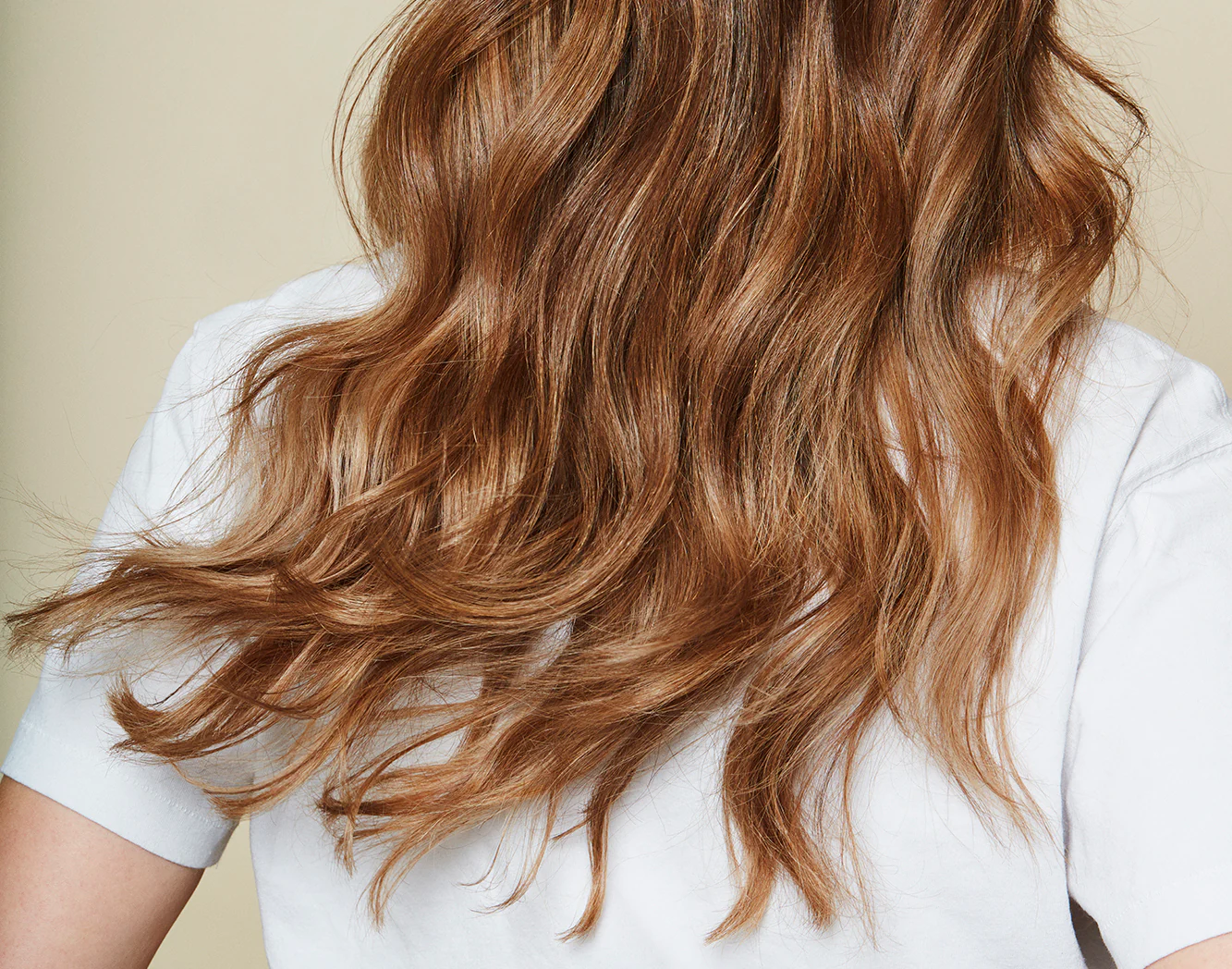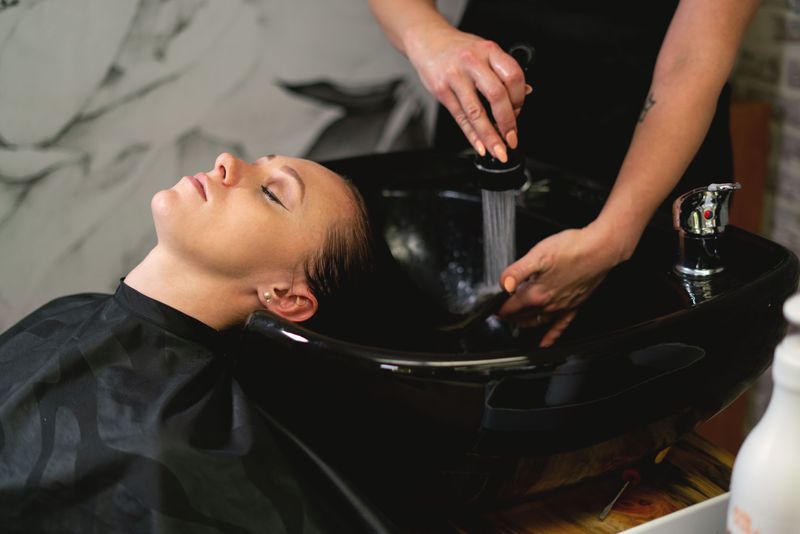Our hair, exposed to daily stressors such as heat styling, environmental pollutants, and harsh chemical treatments, often bears the brunt of damage. In this in-depth guide, we’ll explore proven strategies to not only repair but also reverse the effects of damage, restoring your hair to its natural luster and vitality.
**1. Understanding the Types of Hair Damage:
Before embarking on a repair journey, it’s crucial to identify the type of damage your hair has endured. We discuss common types, including heat damage, chemical damage, mechanical damage, and environmental damage. By understanding the root cause, you can tailor your approach to address specific issues.
**2. Deep Dive into Hair Structure:
To effectively repair and reverse damage, it’s essential to comprehend the structure of the hair shaft. We break down the layers of the hair, from the cuticle to the cortex, explaining how damage occurs and impacts the overall health of your locks. This foundational knowledge will guide your approach to restoration.
**3. Moisture, the Key to Repair:
Moisture is the cornerstone of hair repair. We explore the importance of hydration and introduce a range of moisturizing products, including hydrating shampoos, conditioners, and masks. Learn how to create a moisture-rich routine to replenish lost hydration and revive your hair’s natural elasticity.
**4. Protein Treatments for Strength:
Proteins are the building blocks of hair, and damaged strands often lack this crucial component. We delve into the world of protein treatments, discussing ingredients like keratin, amino acids, and collagen that can strengthen and fortify your hair. Discover how to strike the right balance between moisture and protein for optimal results.
**5. Choosing the Right Products for Repair:
Navigating the multitude of hair care products can be overwhelming. We guide you through the selection process, recommending sulfate-free shampoos, silicone-free conditioners, and targeted serums. Understand the significance of ingredient lists and how to choose products tailored to your specific hair type and concerns.
**6. Heat Styling Recovery:
Excessive heat styling is a common culprit for damage. We provide strategies for heat styling recovery, including adopting heat-free styling methods, using heat protectants, and adjusting styling tool temperatures. Discover how to strike a balance between achieving your desired look and minimizing further damage.
**7. Chemical Damage Rehabilitation:
Chemical treatments, such as coloring, perming, and relaxing, can lead to severe damage. We explore the steps to rehabilitate chemically damaged hair, from gentle color correction to promoting regrowth. Understand the importance of professional consultation and adopting a gradual approach to chemical damage recovery.
**8. Mechanical Damage Prevention:
Mechanical damage from brushing, combing, and tying hair too tightly can weaken strands over time. We discuss preventive measures, including using wide-tooth combs, detangling brushes, and opting for hair-friendly accessories. Learn how to minimize mechanical stress and promote a healthier hair care routine.
**9. Scalp Health for Overall Wellness:
A healthy scalp is essential for vibrant hair. We delve into scalp care practices, including proper cleansing, exfoliation, and nourishment. Explore the benefits of scalp massages, essential oils, and targeted treatments to create an environment conducive to hair repair and growth.
**10. Nutrition and Supplements for Hair Health:
Your hair’s health is closely tied to your overall well-being. We explore the role of nutrition in supporting hair repair, highlighting essential vitamins and minerals. Learn about supplements that can complement your diet and promote hair strength, shine, and resilience from the inside out.
**11. Protective Styles for Damage Prevention:
As you embark on your hair repair journey, protective styles play a crucial role in preventing further damage. We introduce styles such as braids, twists, and updos that shield your hair from external stressors. Discover how protective styling can be both functional and fashionable.
**12. Seeking Professional Guidance:
For severe or persistent damage, seeking professional guidance is paramount. We discuss when to consult a hairstylist, trichologist, or dermatologist for personalized advice and treatments. Understand the importance of professional assessments and how they can accelerate your hair repair journey.
In conclusion, repairing and reversing damaged hair is a multifaceted journey that requires a combination of knowledge, patience, and dedication. Whether your hair has suffered from heat styling, chemical treatments, or environmental factors, this comprehensive guide empowers you with the tools and techniques to restore your locks to their natural beauty. Embrace the process, and let your hair thrive once again, radiating health, strength, and vitality.




